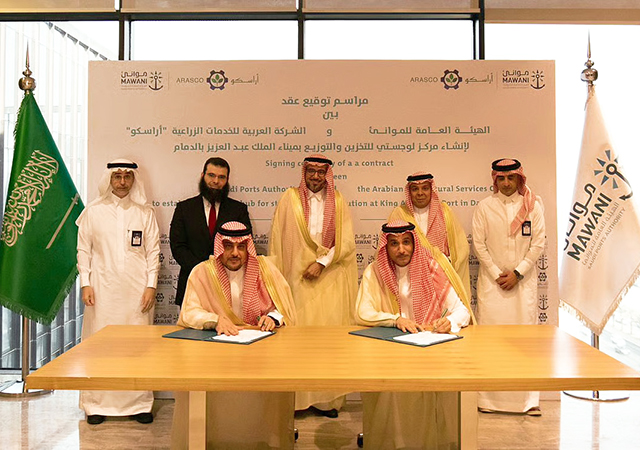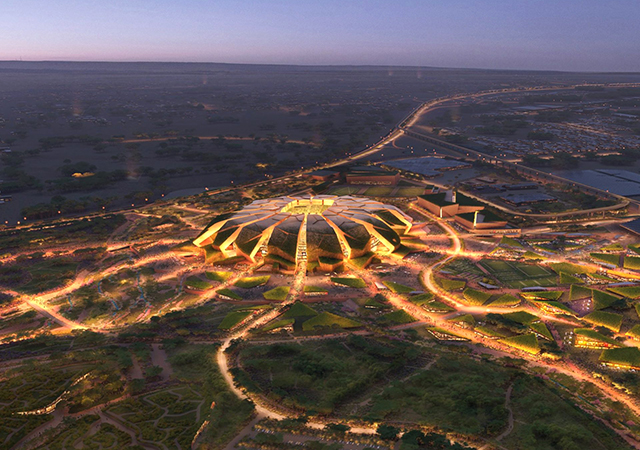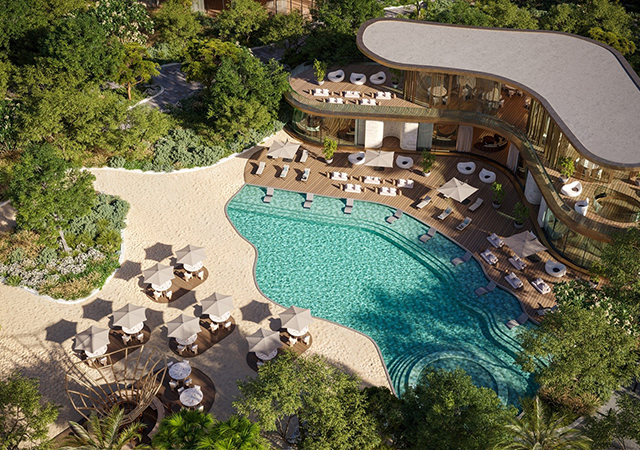 Philips’ LEDs light up the creek.
Philips’ LEDs light up the creek.
Philips – whose products illuminate a number of international landmarks such as the Eiffel Tower in Paris, Big Ben in London, Sydney Opera House and the Sphinx in Egypt – is currently working on setting the Dubai Creek aglow with its LEDs.
“Our most exciting project in the region now is lighting Dubai Creek with LEDs, which is considered one more big-reference Philips LED project in the Middle East,” says Hans Te Loeke, manager luminaires, Philips Lighting Middle East.
“We are involved in many interesting lighting projects in the region, both in indoor and outdoor applications such as dynamic lighting in the Audi offices, Sports hall and Sports Club stadium (Qatar), Corniche (Oman), Sohar Gate (Oman), Marina Mall (Abu Dhabi) and many more,” he elaborates.
Commenting about trends in the industry, Loeke says dynamic lighting is in as is light with LEDs.
Dynamic lighting allows designers to bring in the dynamic character of lighting – with its seamless changes in brightness and warmth – indoors.
“It’s all about colour changing and lighting controls in order to create different effects and ambiances,” he says.
Philips is very active in bringing lighting innovations with LEDs to the market. For hotels, it offers LED spots for decoration: LEDflood and LEDline. These two products can be used for illuminating and enhancing architectural structures with static, coloured or dynamic light.
LEDflood is a distinctive outdoor floodlight for illuminating and enhancing structures with light. It is equipped with nine high-power Luxeon K2 LEDs, which provide over 50 per cent more flux than the previous generation. High-efficiency collimating optics fit each LED, ensuring precise light distribution and uniform illuminance over longer distances, says the company.
LEDline2 is a LED-based range of linear floodlights that can be used to illuminate and enhance both contemporary and historical architecture. LEDline2 features high-power Luxeon LEDs, dedicated optics, high-quality materials and lighting electronics.
Dynamic colours
The new RGB/AWB (automatic white balance) version offers dynamically changing colours.
“With vibrant colours, long lifetimes and built-in flexibility, solid-state lighting is ideal for enhancing our urban landscapes,” says a spokesman for Philips Lighting. “Designers around the world are already using LEDs to bring buildings, bridges and monuments to life in unique ways, creating new levels of civic identity and pride. They are inventing completely new lighting solutions like colour washes for walls, sharp dividing lines between light and shadow and zero light pollution on windows – solutions that simply weren’t possible before.
“What’s more, LEDs have lower maintenance costs and consume less energy – helping cities meet budget and environmental targets while enhancing local landmarks. Solid-state lighting is already the ideal choice wherever vibrant and dynamic colours are wanted. And LED technology is advancing so rapidly, it will soon rival traditional floodlights in white light applications too.”
“Another trend is that the shape of luminaires is moving to rounder models. This makes it possible to have a lighting design that gives greater flexibility to the layout of the space; if for example, the position of the furniture changes, the lighting installation doesn't have to be changed. Rotaris is our solution for this trend. Architects like to see the miniaturisation of luminaires as well and nowadays they prefer to use suspended light boxes of extruded aluminium as a design object,” Loeke says.
Energy saving is another major issue in the industry and to address this aspect, Philips recently announced a number of energy-efficient lighting solutions that could significantly reduce costs, save energy and cut carbon dioxide emissions. Philips assesses the time is right and momentum is there to globally prepare for a switchover from incandescent bulbs to energy saving bulbs, over time.
The traditional, incandescent light bulbs are energy inefficient because 95 per cent of the energy consumed is wasted as heat. Given that approximately 80 per cent of all lighting in the home is still using incandescent light bulbs, the collective energy waste is enormous, the company says.
In addition to the energy-efficient light bulbs available today, Philips has also announced a new generation of retrofit halogen bulbs, called Edore. These halogen bulbs offer clear crisp lighting quality and save 50 per cent energy when compared to incandescent bulbs.
For Philips Lighting, a global leader in the field of both lighting design, technology and innovation, the Middle East has traditionally been a focus area for trade business. As the region is going through a tremendous development and expansion phase, lighting application solutions, much more than just the products, have become a prime concern for investing commissioners, consultants and contractors. Philips Lighting has effectively addressed this matter with the establishment of a dedicated lighting (application) competence centre right in the nucleus of this investment and construction arena, in Dubai, the flourishing economical capital of the UAE.






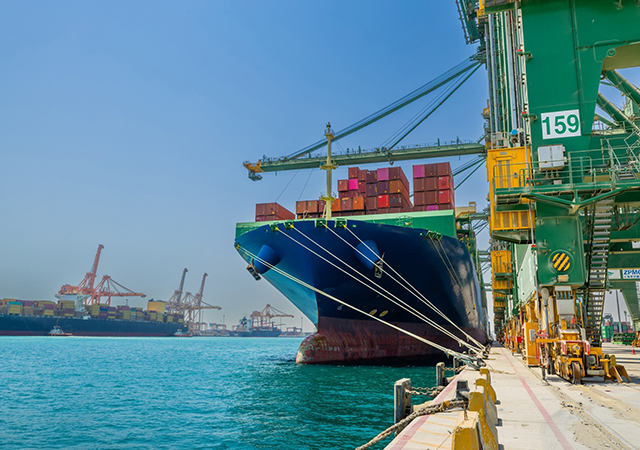
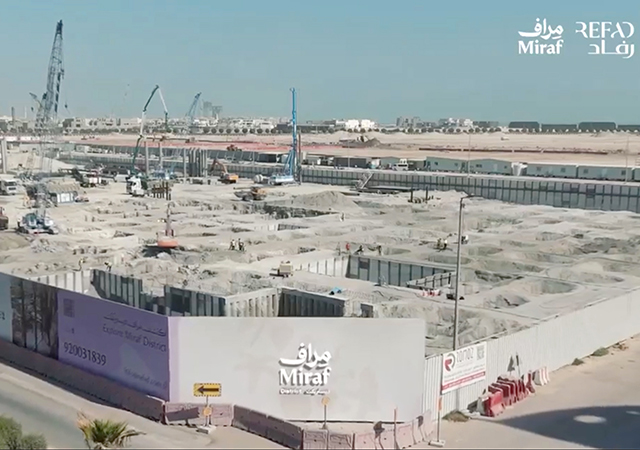
.jpg)




.jpg)

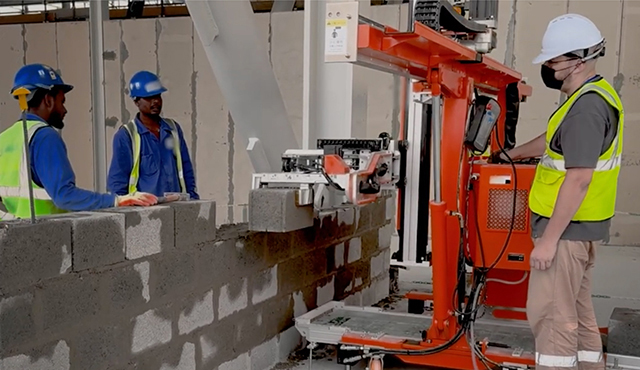

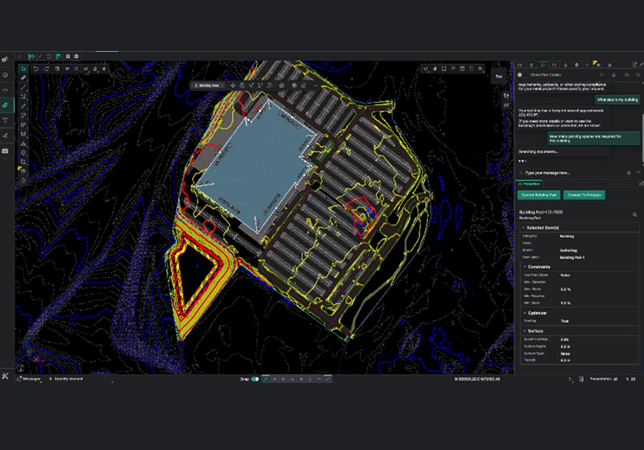



















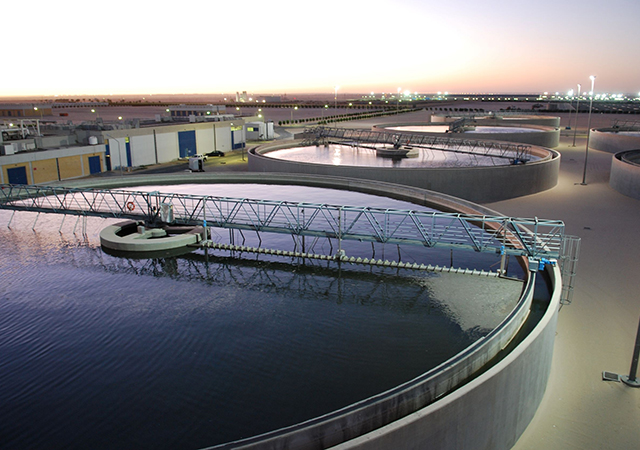


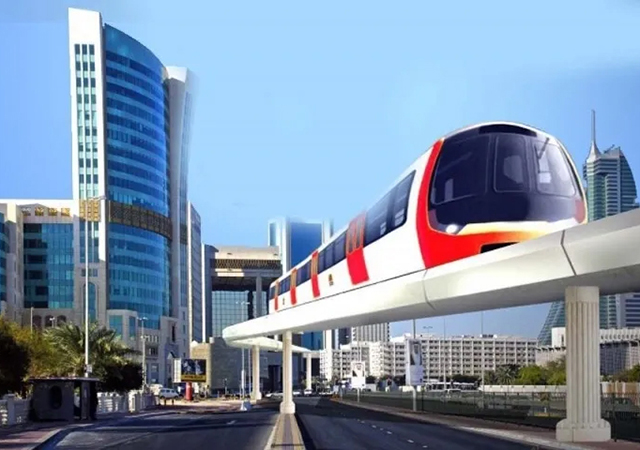

.jpg)




